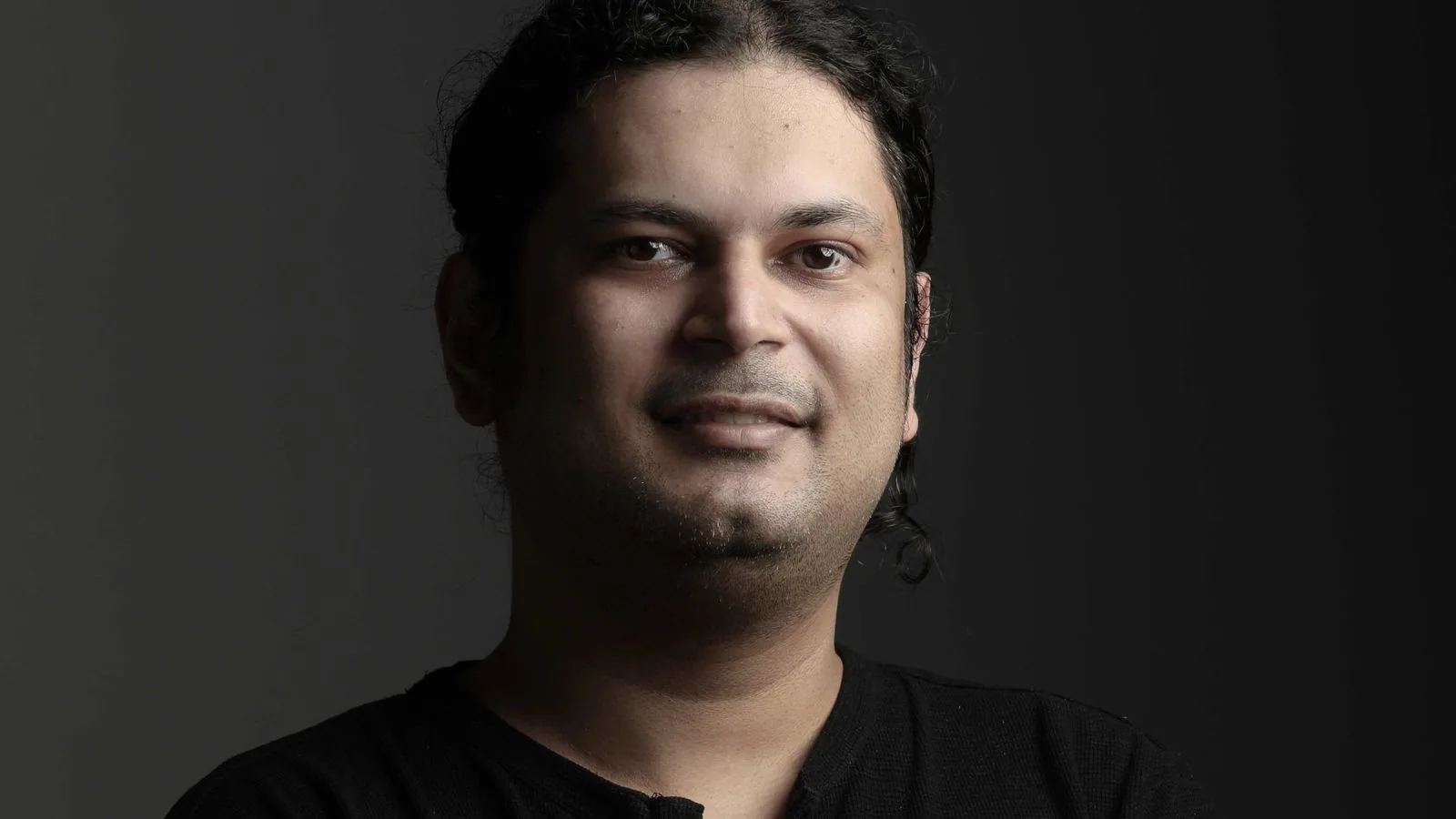Entrepreneurs
Amrit Acharya: Transforming India’s Manufacturing Landscape with Zetwerk

Amrit Acharya, the CEO and Co-founder of Zetwerk, is on a mission to revolutionize and digitize the manufacturing industry in India. His entrepreneurial journey is marked by a deep-rooted passion for manufacturing, a commitment to solving industry challenges, and a vision to connect Indian manufacturers with global opportunities. In a conversation with Amit Somani, Managing Partner at Prime Venture Partners, Amrit Acharya sheds light on his remarkable journey before Zetwerk and the strategies that have propelled his company to success.
The Journey before Zetwerk
Amrit’s affinity for manufacturing took root during his college days when he secured an internship with Bosch, working on creating a functional vehicle from scrap materials. This early exposure to manufacturing processes ignited his passion for the industry. After graduation, he worked with ITC, where he played a pivotal role in establishing a new factory. However, Amrit’s desire to pursue his entrepreneurial dreams led him to pursue an MBA at the Haas School of Business in California.
Building Zetwerk:
Upon returning to India, Amrit noticed that many Indian companies still relied on outdated tools like Microsoft Excel and Google Sheets for their operations. Recognizing the immense potential for customized software solutions, especially in the realm of supplier and vendor management, he embarked on the journey to create Zetwerk. Despite facing challenges, Amrit’s vision for a “transaction-first” approach resonated with businesses, and he quickly adapted his strategy to meet their needs.
Zetwerk’s Impact on India:
Zetwerk has emerged as a pivotal player in India’s manufacturing landscape. The platform provides critical infrastructure support, addressing logistics, working capital, and procurement requirements for manufacturers across the country. While a substantial portion of Zetwerk‘s revenue comes from foreign markets, it actively collaborates with suppliers from various countries, including Vietnam, Bangladesh, and the Middle East. This approach ensures resilience and flexibility in the face of contingencies, such as the COVID-19 pandemic.
India’s Manufacturing Potential:
Amrit Acharya envisions India as a prominent global supplier for manufacturing organizations worldwide. He emphasizes the need for bringing Indian manufacturers together under a unified umbrella, making them more accessible to international businesses. India’s size, coupled with supportive regulatory initiatives like the Production-Linked Incentive (PLI) scheme, positions the country favourably on the global manufacturing stage. Amrit believes that with the right steps, India can become a key player in supplying large-scale manufacturing operations.
Advice to Entrepreneurs:
Amrit offers valuable insights for aspiring entrepreneurs. He underscores the importance of fostering a transparent and collaborative work culture that benefits both management and employees. Avoiding a rigid, predefined approach to building a company is crucial, as it allows for the organic development of the right organizational culture. Amrit advocates for a decentralized operational model that prioritizes speed and agility. He also encourages entrepreneurs to embrace mistakes as opportunities for growth and ensure that lessons learned are not repeated.
Amrit Acharya’s journey from a young intern passionate about manufacturing to the CEO of Zetwerk, a company redefining India’s manufacturing landscape, is a testament to his vision, adaptability, and commitment to innovation. As Zetwerk continues to connect Indian manufacturers with global markets, Amrit’s leadership and dedication serve as an inspiration for entrepreneurs aiming to make a transformative impact in their respective industries. His emphasis on transparency, flexibility, and learning from mistakes highlights the qualities that contribute to entrepreneurial success.
